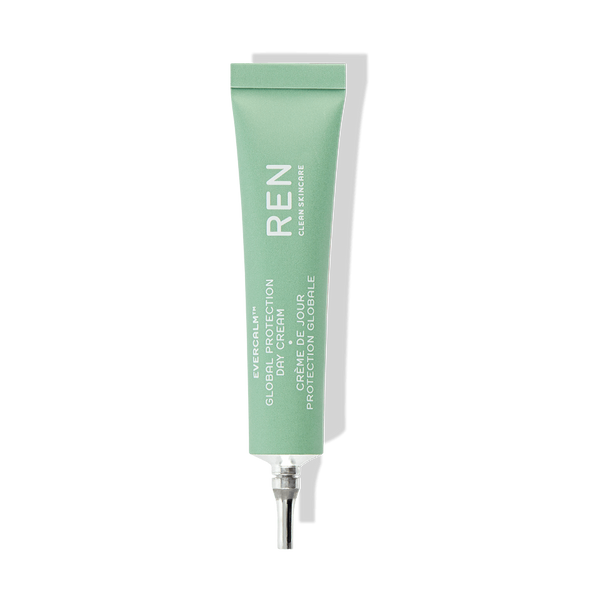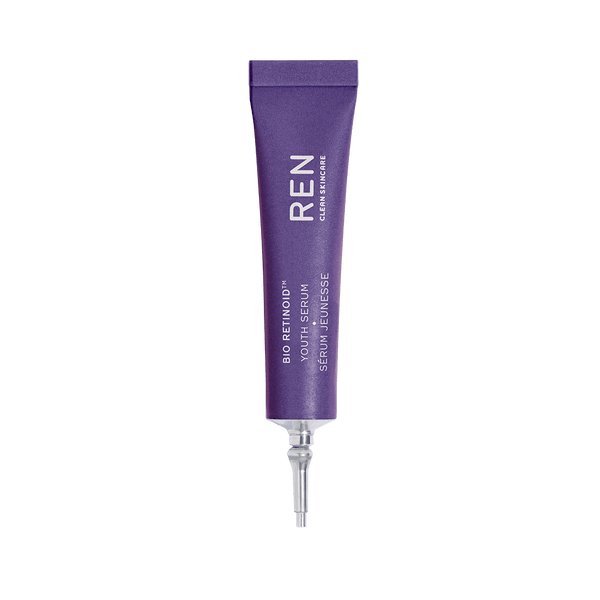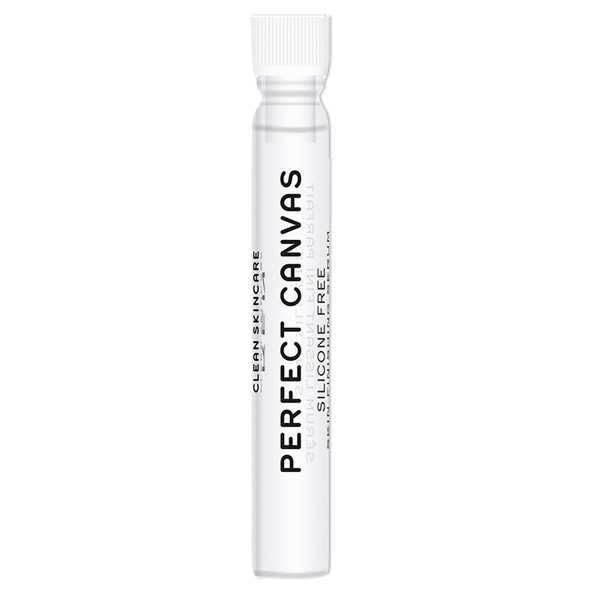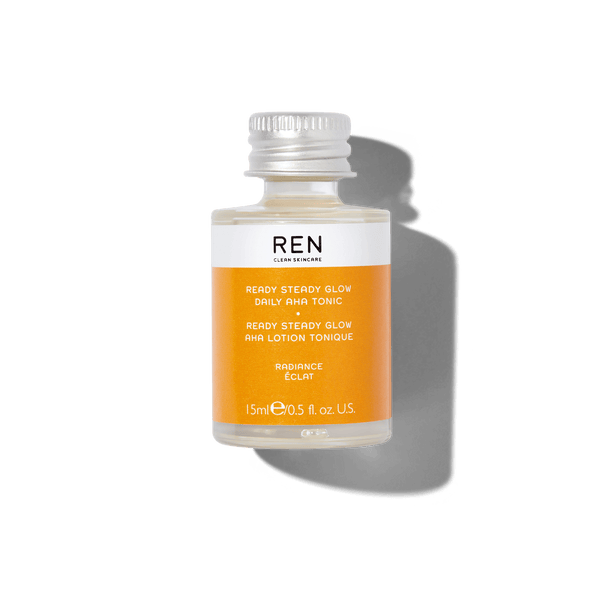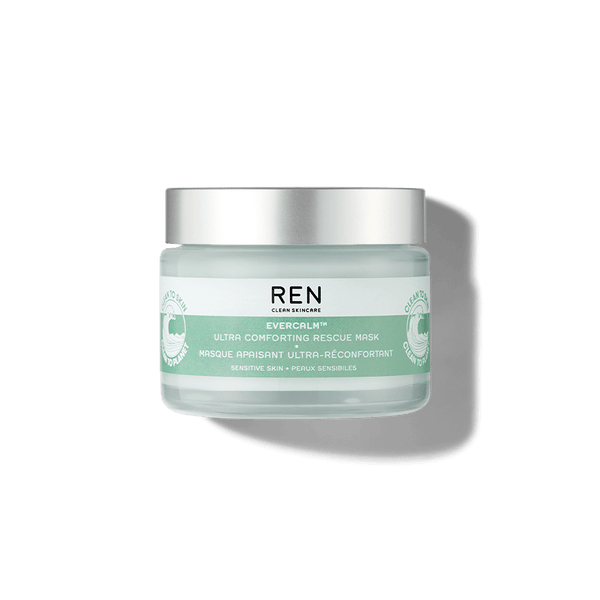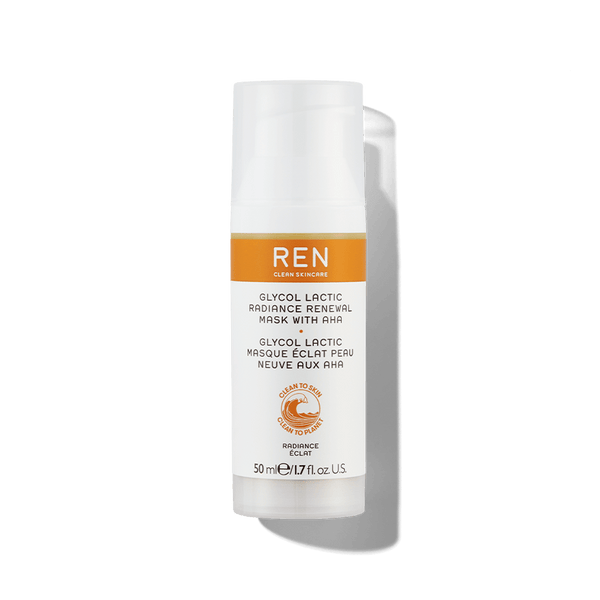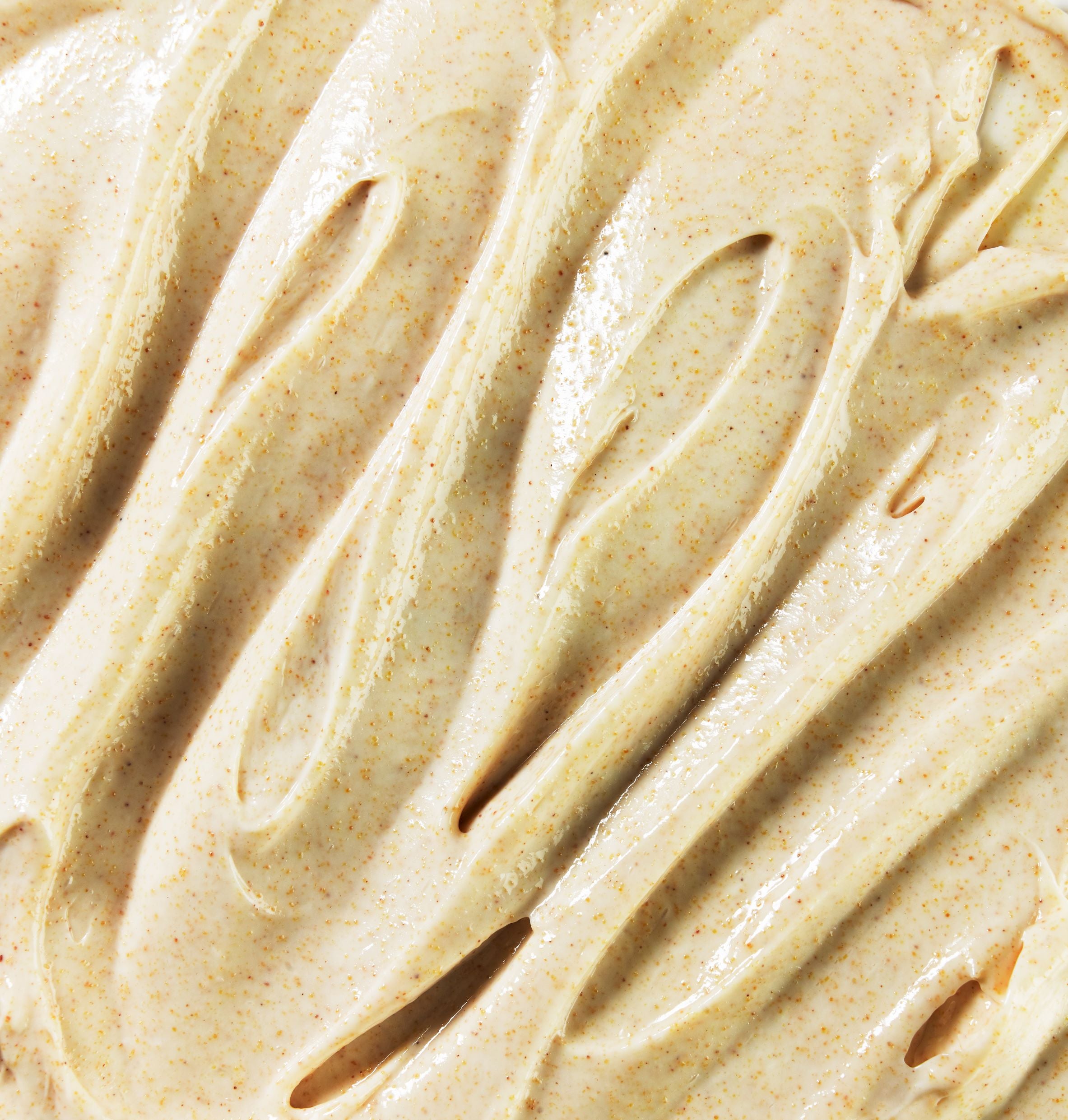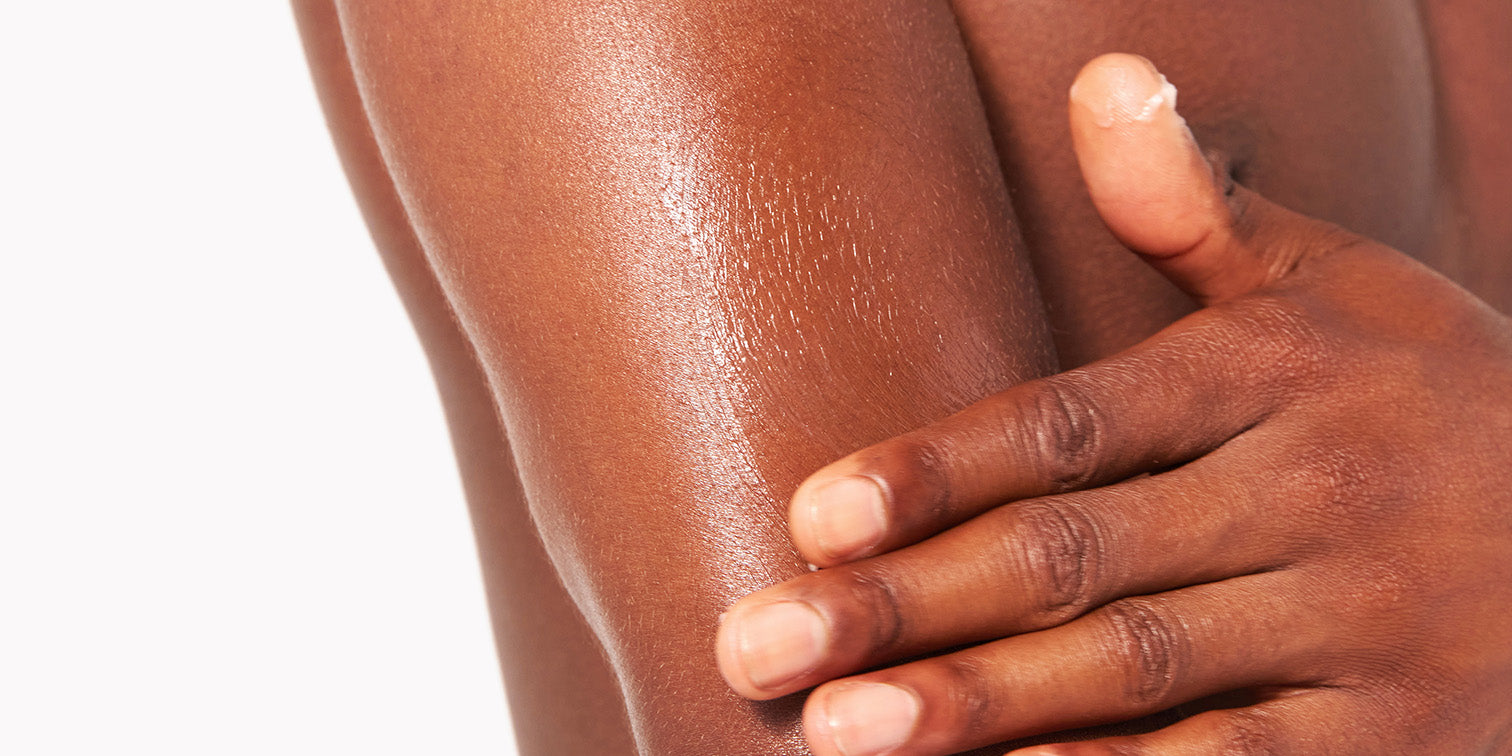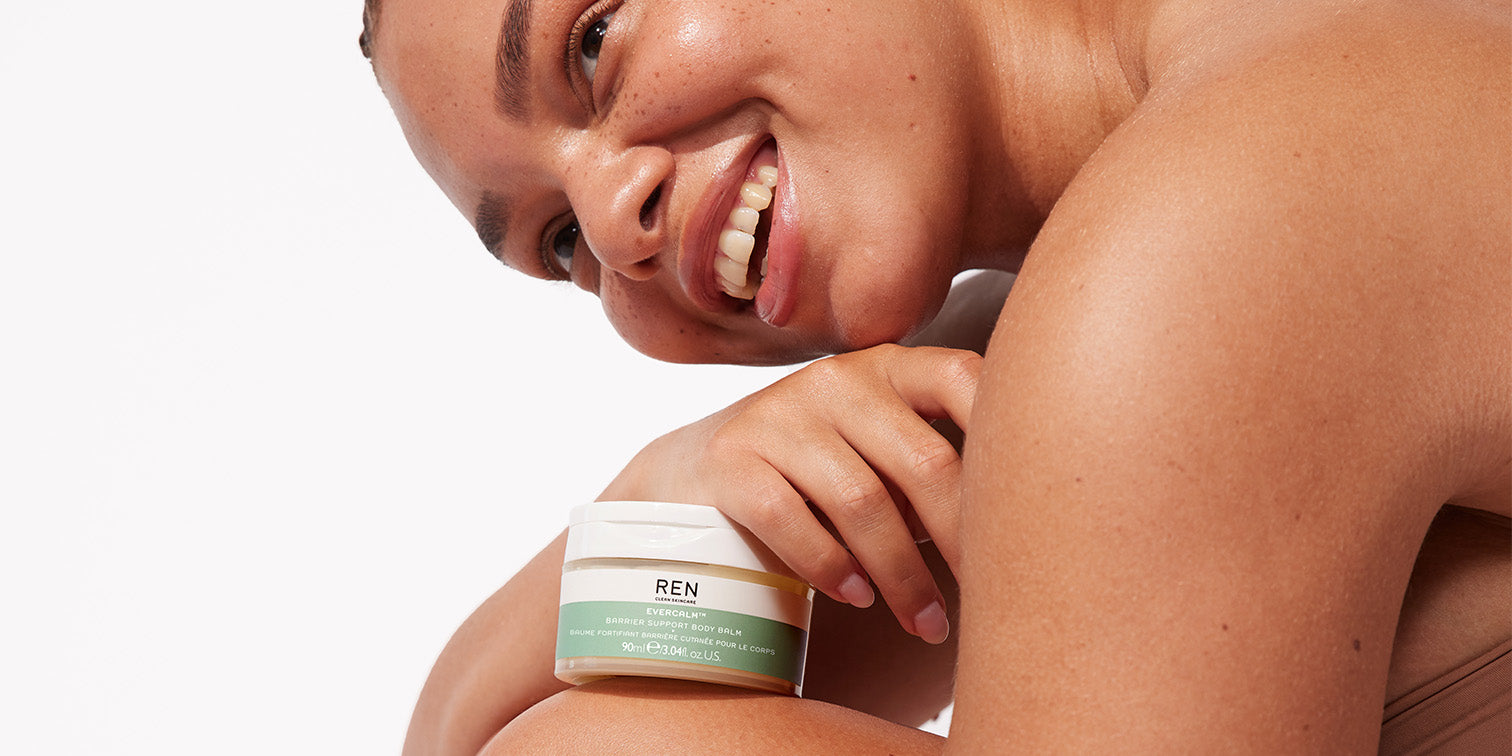How Often Should You Exfoliate Your Face?

To exfoliate or not to exfoliate? Do you face this question before embarking on your nighttime skincare routine each evening? Maybe, you should. Exfoliating is a powerful tool that can help reveal glowing skin, keep blemishes breakouts at bay, and enhance the effectiveness of the products you use afterward.
Yeah, it’s pretty great. But like coffee and sunshine, too much of a good thing is true with exfoliating too. So, how much is too much?
In general, it’s best to exfoliate two to three times a week (depending on your skin type). Below, we’ll elaborate further on how often you should exfoliate your face, as well as all your other exfoliating questions below. When we’re done here, you’ll know just how to exfoliate your face and how often to do so to reap all the wonderful benefits of a gentle face exfoliator.
What is Exfoliating?
Exfoliating is the process of removing the dead skin cells on the surface layer of your skin. A variety of ingredients, both chemical and physical, and tools can be used to exfoliate your skin. You’re probably most familiar with exfoliating body scrubs and brushes, or cloths that are most often used for full body exfoliation. The skin on the face, however, requires a bit of a more sensitive touch, which is why chemical ingredients such as acids and enzymes are often used, as they can remove dead skin cells without rough scrubbing. Physical exfoliants are mostly known to act on the dead skin cells at the surface of the skin, while chemical exfoliants will reach deeper down to the epidermis to help dead skin cells on the outer layer to detach. The type of exfoliant you use should depend on your skin sensitivity, lifestyle preferences, and healthy-looking skin goals. We’ll cover a few fool-proof exfoliating methods below and how to make them work for your unique skin type.
Exfoliators for Different Skin Types
Not all exfoliating products are made equal. Exfoliators may react differently to dry, blemish-prone, or oily skin. For the best results, choose an exfoliator with ingredients that work with your skin type.
Dry Skin
Dry, or dull skin, is characterized by having a rough skin texture that feels tight and lacks elasticity. Dry skin may be patchy or flaking with more visible lines.
For dry skin, experts recommend using a chemical exfoliant to help slough off dead skin cells. However, if you choose to use a chemical exfoliant, make sure to scrub gently to avoid further dryness, redness, or discomfort.
Oily Skin
Those with oily skin tend to have a shiny t-zone area. We recommend using a chemical exfoliator on oily skin, especially one that contains salicylic acid to help visibly reduce excess oil and help exfoliate the skin.
Sensitive Skin
People with sensitive skin are vulnerable to skin rashes and irritation. For sensitive skin types, it’s especially important to be mindful of over-exfoliation and further damaging your skin barrier. Look for a gentle chemical exfoliant, like lactic acid, that leaves healthy-looking skin.
Combination Skin
Combination skin features elements of both oily and dry skin. For optimal results, use a chemical exfoliator containing glycolic acid once to three times a week.
Why Should You Exfoliate Your Face?
We touched on a few of the benefits of exfoliating already, but that really just skims the surface. When used correctly, exfoliating can be the key to unlock your best complexion ever—no matter your skin type.
To Improve Your Skin’s Texture
If you suffer from scars or rough patches, regular exfoliation using alpha hydroxy acid or beta hydroxy acid can work wonders for diminishing their appearance and creating an overall more even skin texture. Who doesn't want smooth and healthy-looking skin?
To Prevent Blemishes
When you exfoliate, you help remove the dead skin cells that can sit on the surface of your skin and may clog your pores. Clogged pores are more prone to blemishes, so by removing those dead skin cells, you’re actually preventing the cells from building up that could cause breakouts.
To Enhance Absorption
Pores that are clogged with dead skin cells are also pores that can’t absorb all the good ingredients you’re putting on. When you exfoliate and remove that top layer of dead skin, you create a window of opportunity for your skincare. The good ingredients can then penetrate the surface of your skin and work more effectively.
To Get a Glowing Complexion
Not only does exfoliating help you achieve a more smooth skin texture, but it also helps you achieve a more even and brighter skin tone. If you exfoliate regularly, you may immediately notice a more glowy, less dull complexion.
How to Exfoliate Your Face
Exfoliating is quite simple to do, especially if you use a product with a chemical exfoliant. Incorporate the exfoliating product into your routine after freshly cleansing your skin, and before applying any serums or moisturizers.
Read the Directions
There are multiple ways you can exfoliate your face so it’s important to always read the instructions on any sort of physical or chemical exfoliant you use. The simplest way to exfoliate is with a clean beauty toner such as our Ready Steady Glow Daily AHA Tonic. Simply saturate a reusable cotton pad or cloth with the tonic and swipe it across your face and neck, avoiding the eye area.
This skin-resurfacing tonic is gentle enough for daily use. However, if you have extra sensitive skin, you may want to dilute the formula. To do so, just dampen your cotton pad with water before saturating it with the exfoliator tonic, and then apply as usual. As your skin becomes accustomed to the formula, you can dilute it less and less.
Another way to exfoliate your face is with a skincare mask such as our Glycol Lactic Radiance Renewal Mask. Once again, as with all exfoliants, you’ll want to apply this product to clean skin and avoid the eye area. Leave it on for 10 minutes and rinse with lukewarm water or remove with a damp washcloth. Mask exfoliants can be a bit more potent and should be avoided if you have extremely sensitive skin.
Incorporate Other Brightening Products
When you’re done exfoliating, continue with your skincare routine as normal. Remember, your exfoliator of choice has paved the way for the rest of your products to penetrate your skin. So apply your favorite face serum and moisturizer and relish in the fact that they’re working even better now.
To get the most out of your exfoliant and encourage your journey to brightness, we recommend our Glow Daily Vitamin C Gel Cream to further enhance glowing skin and even out skin tone. It's like a serum and moisturizer in one and it’s the perfect addition to any routine because it works without exfoliating so you can use it daily alongside the AHA Tonic. Simply massage it into your skin morning and night after exfoliating.
Follow with Sun Protection
Your routine isn't over quite yet. Most importantly, if you exfoliate in the morning, always follow with sunscreen. Additionally, learn the difference between AHA vs BHA products. Products that contain beta hydroxy acid are oil soluble while those that contain alpha hydroxy acid such as the Daily AHA Tonic and the Radiance Renewal Mask, can make your skin more sun-sensitive. With a protective sunscreen of at least SPF 30, though, you’ll be good to go.
How Often Should You Exfoliate Your Face
How often you exfoliate your face depends on both the type of skin you have and the type of exfoliating product you are using. Not all products are created equal; some are more potent than others, and thus don’t need to be used as often, and shouldn’t be used often to limit the potential for irritation.
How Often to Exfoliate with a Toner
Most toners are formulated for daily use, so if it suits your skin, swipe away every night and wake up to a more radiant complexion. If it doesn’t suit your skin, just dial back how many times you use it per week.
For some, daily use of any exfoliant, even a gentle one, is still too much for their skin. If that’s you, there’s nothing wrong with limiting use to every other night or a few times per week. You’ll still reap the awesome benefits of exfoliation, such as a radiant complexion and even skin tone and texture.
How Often to Exfoliate with a Mask
If your toner is a light set of weights, your mask is a heavy set of weights; it’s what you reach for when you are looking for more dramatic or immediate results.
A mask exfoliant, sometimes called a peel, is more powerful than a daily exfoliant, and as such, shouldn’t be used as often. We recommend limiting the use of an exfoliating mask to once a week. The results you’ll get will surely last that long.
As with any skincare product, if you experience irritation, discontinue using the product and if irritation persists, consult a dermatologist.
Don’t Combine Exfoliants
Both a weekly and daily exfoliantdeserve a spot on your beauty shelf, but you should never reach for them on the same day. Over-exfoliating can cause tiny tears in the surface of your skin, strip it of its healthy oils, and compromise its super-important skin barrier.
If you follow the directions on your exfoliating products and keep from combining them, your skin will stay in tip-top shape.
The Same Goes for Your Body
While you may not notice body blemishes or dullness as much, the skin on your body needs exfoliation just as much as the skin on your face. After all, who doesn’t want to glow all over? Encourage the vibrancy of your body’s largest organ (that’s the skin!) and rid it of rough patches by using an exfoliating body scrub or serum such as our AHA Smart Renewal Body Serum. Not only will your skin be exfoliated, but it will also feel soft, smooth, and hydrated all over.
On clean skin, gently massage the serum all over your body until it’s absorbed. Just as when you use AHA Skincare products on your face, always follow up with SPF on your body if you’re going outside to prevent dry flaky skin and discomfort. Also just as with your face exfoliant, limit your body exfoliant use to a few times per week and increase or decrease use depending on your skin’s reaction.
Are You Ready to Reveal Radiant Skin?
So, what are you waiting for? Your best complexion could be just around the corner from a proper exfoliation method. Follow the instructions and always listen to your skin and you’ll learn how often your face likes to be exfoliated.
---
About the Author
Camille Poggi is a doctor in Pharmacy (PharmD.) and is passionate about skincare and how the skin works in general. She specializes in the cosmetic industry and worked for renowned companies in France like L’Oréal and Chanel before moving to London. After being a training manager for 4 years, Camille is at ease with explaining how products work in the skin and how to adapt her speech according to the audience.
She joined REN in January 2020 as International Training Manager and moved to the Research & Development team earlier this year to be the new Scientific Education Manager. A tailored-made role where she assesses and leads all technical communication and ensures scientific compliance is always met. She’s also involved in new product development from the earliest stages. Finding a way to create sustainable skincare products and making sure the message is properly delivered and understood is definitely a big challenge but also her favourite part working for REN.
---
Sources:


